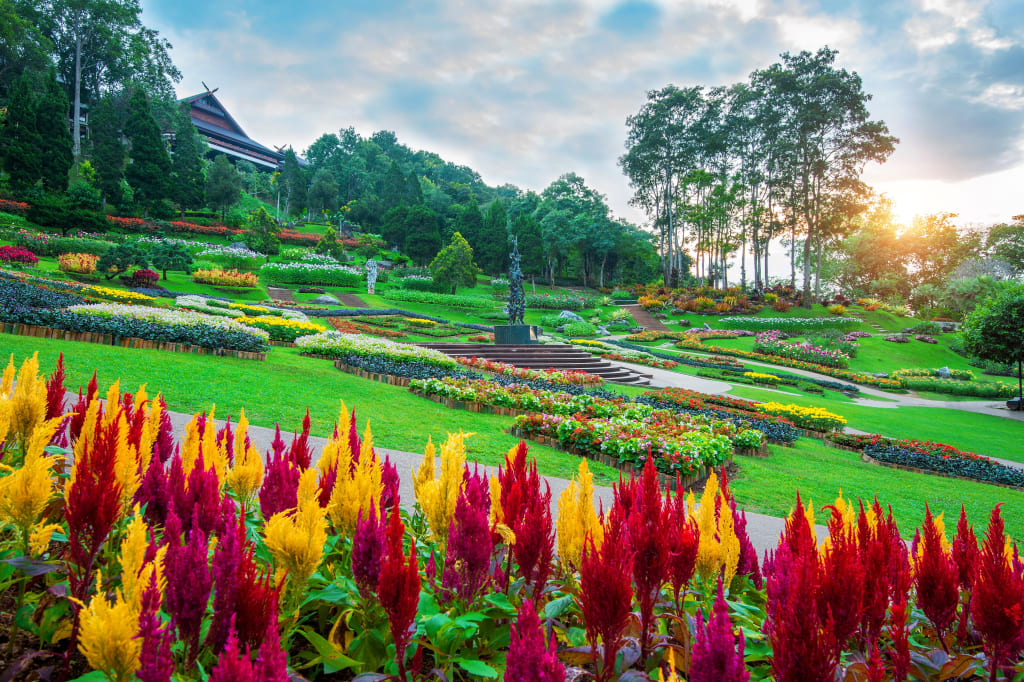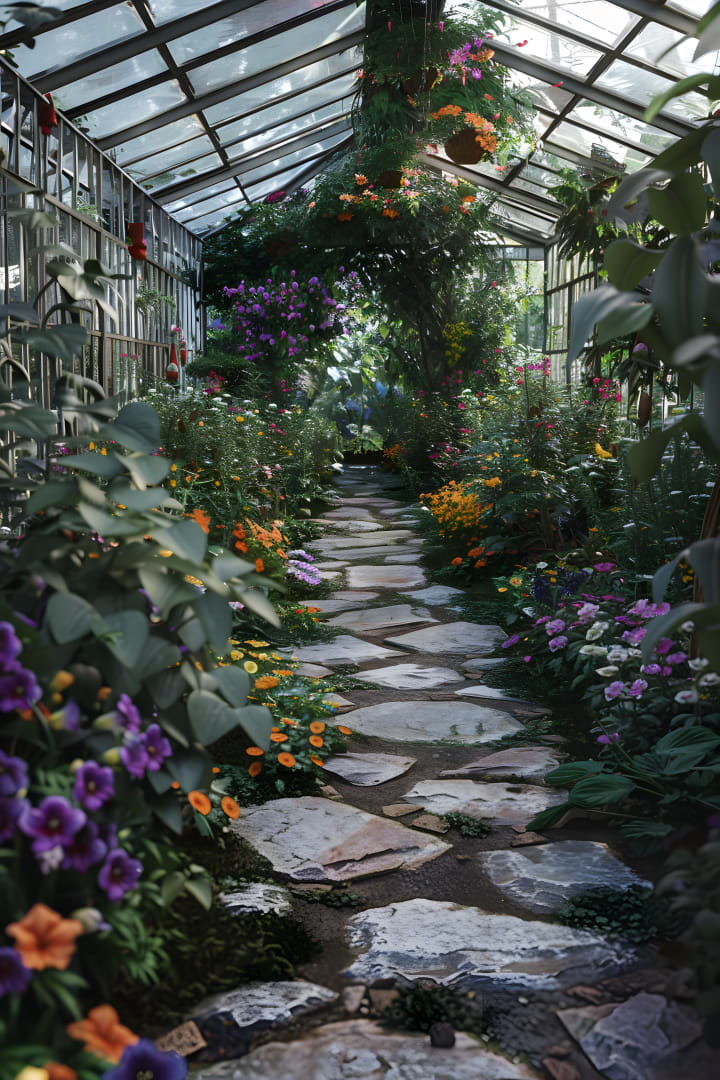Designing a Stunning Garden: No Green Thumb Required!
Creating a Beautiful Garden on a Budget

Creating a beautiful garden or Courtyard Garden Design can seem daunting, especially if you don't consider yourself a gardener. However, with a little planning, some basic knowledge, and the right tips, anyone can design a stunning outdoor space that is both attractive and easy to maintain. This guide will walk you through the steps of garden design, from planning and plant selection to maintenance and creative touches that make your garden unique.
1. Planning Your Garden
a. Assess Your Space
Before you start buying plants or digging up soil, it's crucial to assess your garden space. Consider the following:
Size and Shape: Measure your garden area to understand its dimensions. This will help you plan where to place plants, paths, and other features.
Sunlight: Observe how much sunlight different parts of your garden receive throughout the day. This will influence which plants will thrive in each area.
Soil Type: Check your soil's type (clay, sandy, loamy) and its pH level. This will affect plant selection and any soil amendments you might need.
b. Define Your Garden's Purpose

Decide what you want to achieve with your garden. Are you looking for a peaceful retreat, a vibrant space for entertaining, or a vegetable patch? Your garden's purpose will guide your design choices.
c. Create a Plan
Sketch a rough plan of your garden layout. Include major elements like patios, paths, planting beds, and any existing features you plan to keep. This plan will serve as a blueprint as you proceed.
2. Choosing the Right Plants
a. Consider Your Climate
Choose plants that are well-suited to your local climate. Native plants are often a good choice as they are adapted to your region's conditions and require less maintenance.
b. Focus on Low-Maintenance Plants
For a garden that's easy to care for, select low-maintenance plants. These are typically hardy, drought-tolerant, and resistant to pests. Some great options include:
Perennials: Plants that come back year after year, such as lavender, echinacea, and hostas.
Evergreens: Plants that retain their leaves throughout the year, providing continuous structure and color.
Groundcovers: Low-growing plants that spread to cover the soil, reducing weeds and conserving moisture.
c. Think About Seasonal Interest
Choose plants that provide interest in different seasons. For example, daffodils and tulips in spring, hydrangeas and roses in summer, asters and mums in fall, and evergreens in winter.
3. Soil Preparation and Planting
a. Improve Your Soil
Healthy soil is the foundation of a successful garden. Improve your soil by adding organic matter such as compost or well-rotted manure. This will enhance soil structure, drainage, and fertility.
b. Planting Techniques
Follow these steps for planting your garden:
Digging Holes: Dig holes that are slightly larger than the plant's root ball. This gives roots space to spread.
Planting Depth: Place plants at the same depth they were in their pots. Planting too deep can suffocate roots, while planting too shallow can expose them to drying out.
Watering: Water plants thoroughly after planting to help them establish. Continue to water regularly until they are well-rooted.
4. Designing with Hardscape Elements
a. Paths and Patios
Incorporate paths and patios to define spaces and provide access. Use materials like gravel, stone, or brick to add texture and interest.
b. Focal Points
Add focal points to draw the eye and create interest. These can include features like a birdbath, a statue, or a unique plant.
Conclusion :
Landscape and garden design is the art and science of creating functional, aesthetically pleasing outdoor spaces. It combines horticulture, architecture, and environmental science to enhance the natural beauty of a given area while ensuring it meets the practical needs of its users. Whether you're working with a sprawling estate or a small urban backyard, good design principles can transform any space into a harmonious oasis.
About the Creator
Joshua Scott
I am a Freelance Blogger, writer, and model who lives in Los Angeles. I have been writing online for the past 4 years. I love to write articles and blogs on a niche like Pets, Animal, Modeling & Traveling.
Enjoyed the story? Support the Creator.
Subscribe for free to receive all their stories in your feed. You could also pledge your support or give them a one-off tip, letting them know you appreciate their work.






Comments
There are no comments for this story
Be the first to respond and start the conversation.